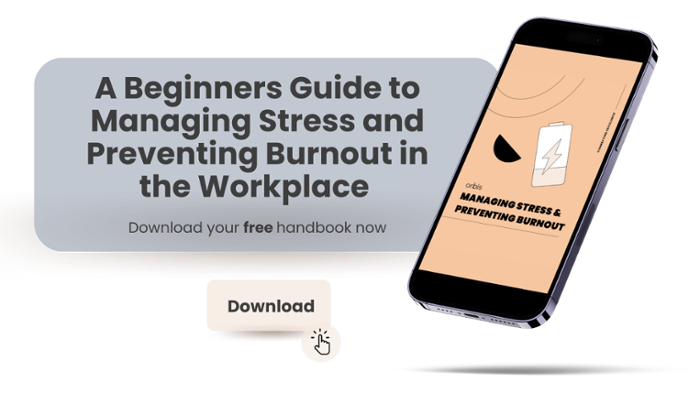%20(2)-Aug-08-2023-09-35-47-8733-AM.png)
Executive Burnout, also known as leadership burnout (or simply burnout) is a term used to describe the work-related stress experienced by corporate executives, industry leaders, and professionals in high-level positions with a lot of responsibility and pressure.
Executives in particular can be reluctant to seek help as they fear that this could be seen as a sign of weakness or incompetence, or even that their position or role in the workplace may be compromised. However, it’s important to note that anyone (regardless of their seniority or position within an organisation) can be a victim of burnout.
Just like stress, burnout can permeate every layer of a business - and executives are actually more susceptible to burnout due to the immense pressure and often added responsibilities such as management which can creep up and cause this.
What are the symptoms of executive burnout?
Unable to make decisions
Executives need to be good at decision-making. Whether it’s for the good of their team or for the good of the business, struggling to make decisions (regardless of if they’re big or small) can be a symptom of burnout.
Of course, there are going to be decisions that Executives make which must be thought out and not a “knee-jerk” reaction. Still, if leaders are struggling to move the business forward due to poor decision-making, everybody will suffer as a by-product.
Higher volume of errors
We all make mistakes at work - and we all make mistakes in life! But, executives who are making mistakes that typically aren’t in their nature can signal that there are deeper problems. Burnout unfortunately affects us not just in terms of our technical performance, but also our emotional and mental capacity: our sleep is affected, we feel more stressed, we can experience a variety of emotions and in turn, all of this compounded can lead to errors at work.
It can also be harder to spot this at executive level due to how senior individuals are, and even the executive themselves may not even realise that they’re making these mistakes. With nobody “above” them - per se - to call them out or even support them on the errors that they’re making, these can build up over time if they go unnoticed.
Lack of motivation/paralysed by procrastination
This is a more common symptom of burnout that is a lot more visible - although it can still be harder to spot at executive level.
What comes first? Procrastination or burnout? - Much like the “chicken and egg” analogy, procrastination can cause burnout but it can also be a symptom of it. We may have procrastinated in the past because it works for us - and creates pressure to complete tasks quicker. However, this can make burnout 10x worse at executive level, as tasks can pile up and become impossible to work through. This, coupled with a lack of motivation is a recipe for disaster at executive level.
What is the “treatment” for executive burnout?
There is no “silver bullet” for burnout treatment, as we can all be affected in different ways. Equally, at executive level, it isn’t as simple as taking a break or stepping down from responsibilities - especially if the business is in need of strong leaders to step up in times of crisis.
However, there are ways that executive burnout can be reduced:
Peer support
The issue with executive burnout and why it’s so hard to spot is that there are very rarely other leaders at the same level (or higher) to spot it before it becomes a deeper issue. Peer support, in the form of a NED or other individuals at board level can create a safe and supportive forum for executives to thrive, and equally being able to come forward if they’re struggling. Peer support can only be successful if the foundations of trust have been built to ensure that there is no judgement.
Additionally, peer support can be beneficial even for those who aren’t struggling with burnout - sharing problems and solving them as an executive team instead of an individual is far more effective in the long term. We cannot assume that executives at “the top” have reached their peak - we are always learning regardless of our seniority within an organisation.
Personal support
A key part of managing your workload as an executive is having great organisational skills. Unfortunately, with the extensive list of responsibilities that most executives have, this often doesn’t take priority. Whether it’s having a personal assistant or an administrative tool/platform to help save time, this can also be an effective way to manage potential burnout but also have complete oversight on what needs to be done.
Not every executive is going to have the budget or the time to hire and train a PA, but if it’s possible - there’s a reason why PAs are such a vital part of executives' lives.
Creating a culture of support
Culture can make a huge difference in how employees (and executives) process and manage stress. If a work culture has toxic elements - for example making individuals feel bad for being unable to deal with high-stress situations, this can lead to negative feelings around burnout.
It can be easy to assume that this only affects individuals at a junior level, when in fact it makes it even harder for executives to then report how they’re feeling because they’re existing within a culture that is inherently negative and judgemental. Creating a culture of support and openness benefits everybody, not just those at junior or mid-level.



